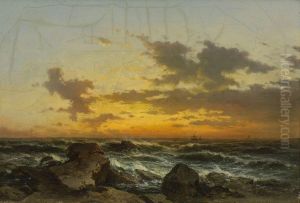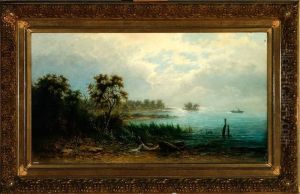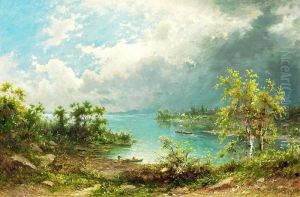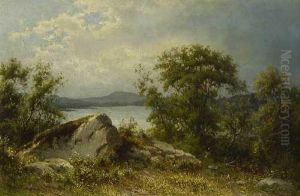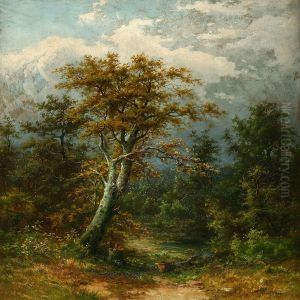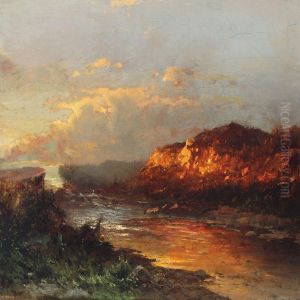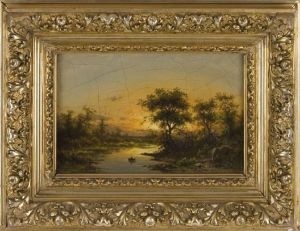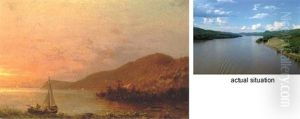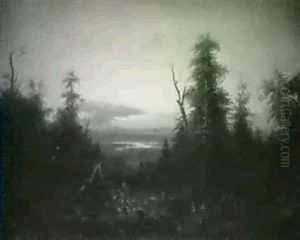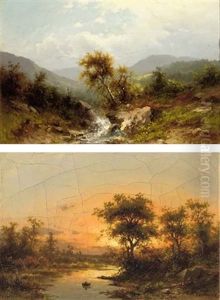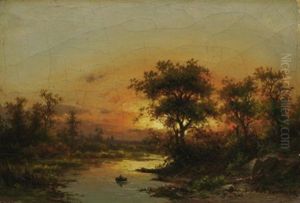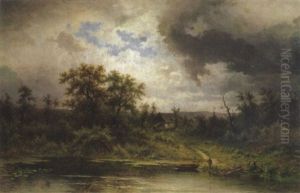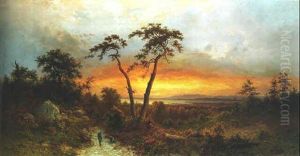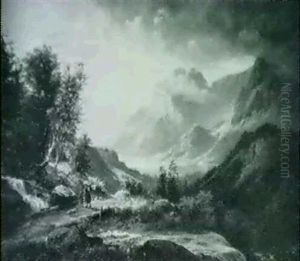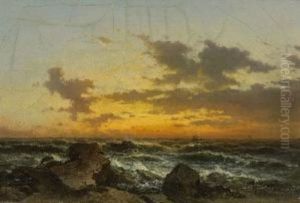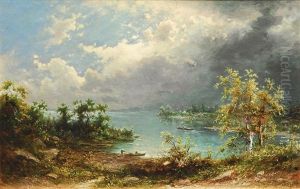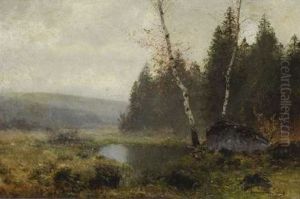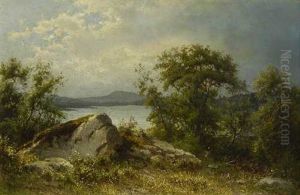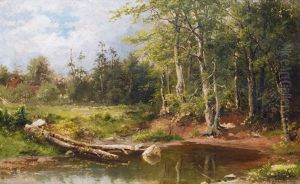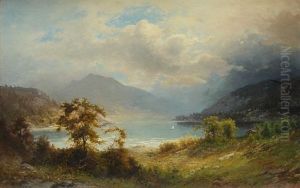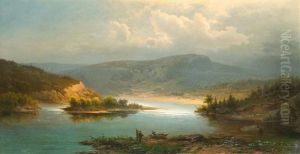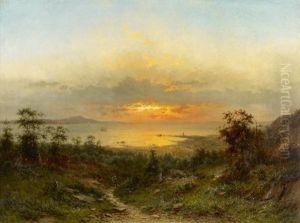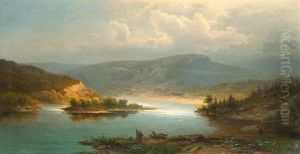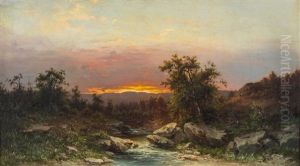Carl August Sommer Paintings
Carl August Sommer was a notable Danish-American daguerreotypist and photographer whose life and career spanned the mid-19th to the early 20th century. Born in Denmark in 1822, Sommer initially embarked on his artistic journey within the realms of Europe, honing his skills and developing a keen eye for the emerging art form of photography, which was in its nascent stages during the early part of his life. His early work primarily involved the daguerreotype process, a pioneering photographic technique that was popular during the 1840s and 1850s.
In pursuit of broader horizons and the expanding opportunities in the New World, Sommer emigrated to the United States. Settling initially in the bustling city of New York, he quickly established himself as a photographer of note, capturing the likenesses and essences of his subjects with a depth that was noteworthy for the time. His work during this period reflects a transition from the rigid formalism of early photography to a more nuanced and expressive form that hinted at the modern photographic portrait's potential.
Sommer's influence and reputation grew as he moved westward, eventually setting up a studio in San Francisco, California. Here, his work began to reflect not only the burgeoning diversity of the American West but also the technological advancements in photography. Carl August Sommer became known for his portraits, landscapes, and his ability to capture the vibrancy of the rapidly changing American landscape. His photographs from this period serve as a valuable historical record of the era, providing insights into the cultural and social dynamics of the time.
Despite the challenges of a career that spanned the transition from daguerreotypes to more advanced photographic techniques, Sommer remained at the forefront of the field until his death in 1901. His legacy is that of a pioneer who contributed to the development of photography as a form of art and documentation. Sommer's work is preserved in various collections and continues to be studied by art historians and enthusiasts for its technical mastery and its unique perspective on 19th-century America.
